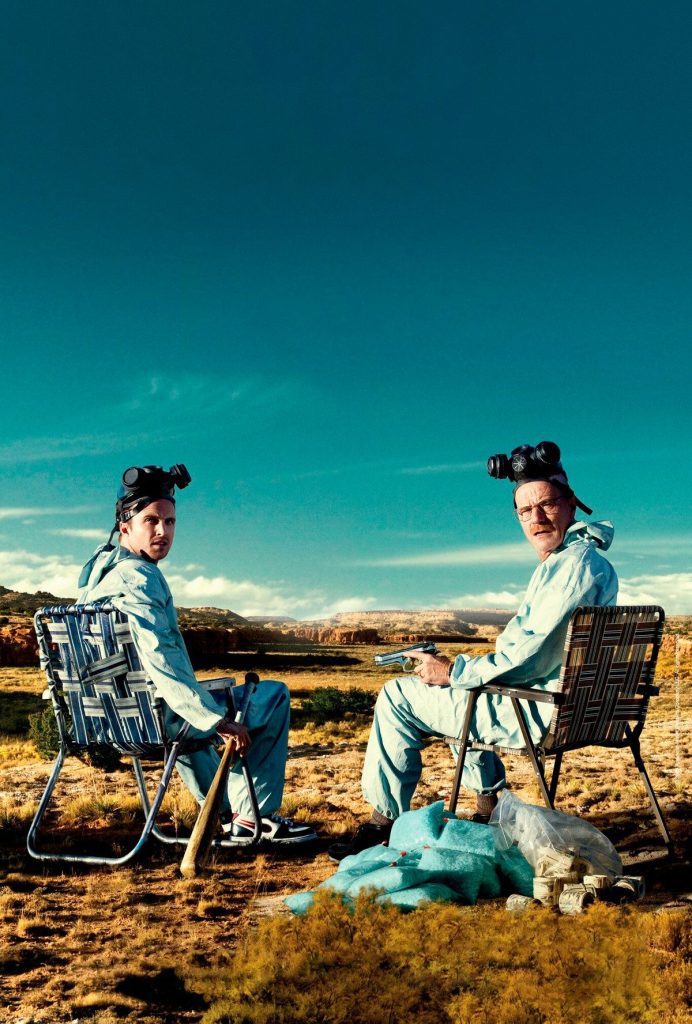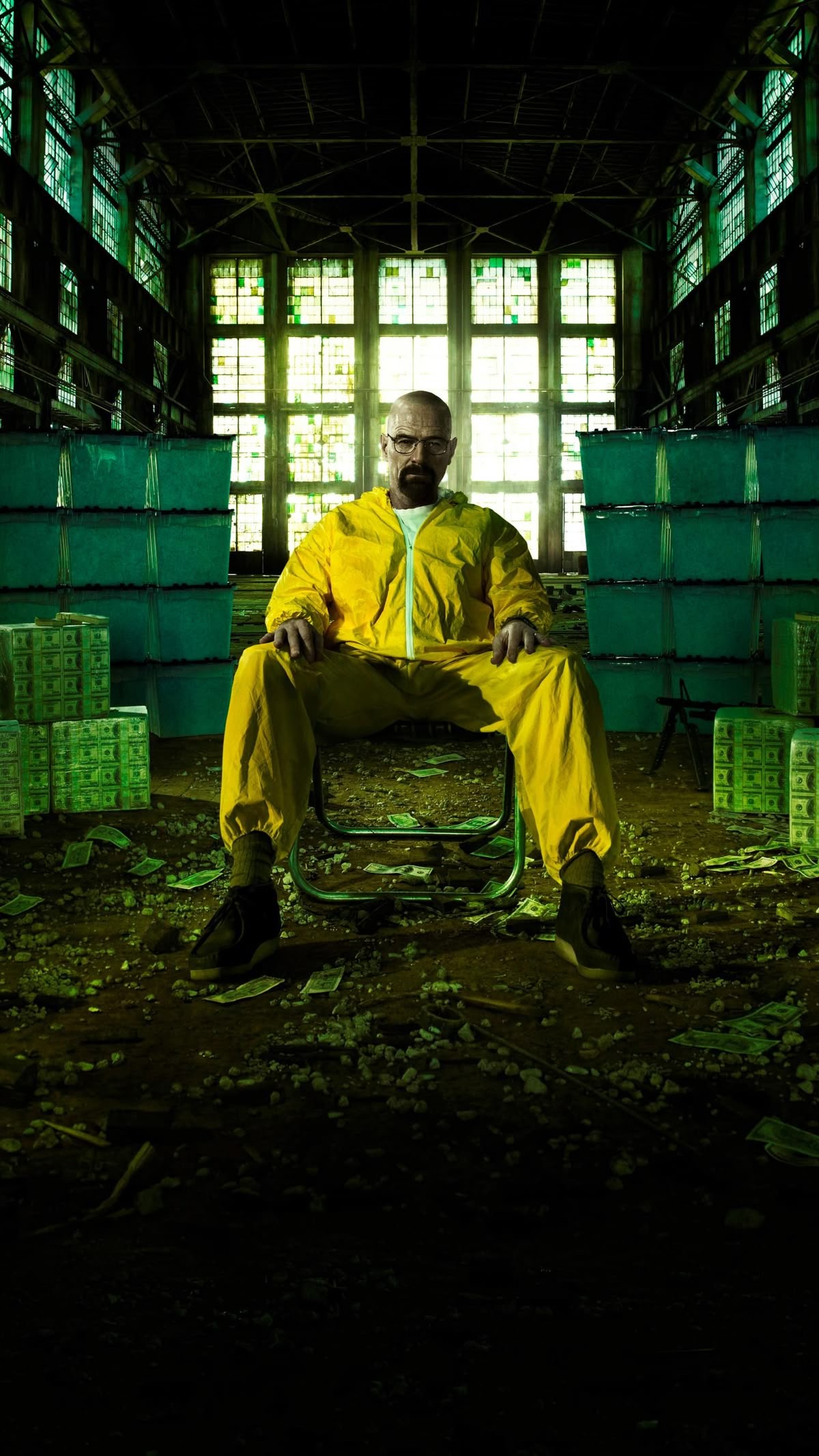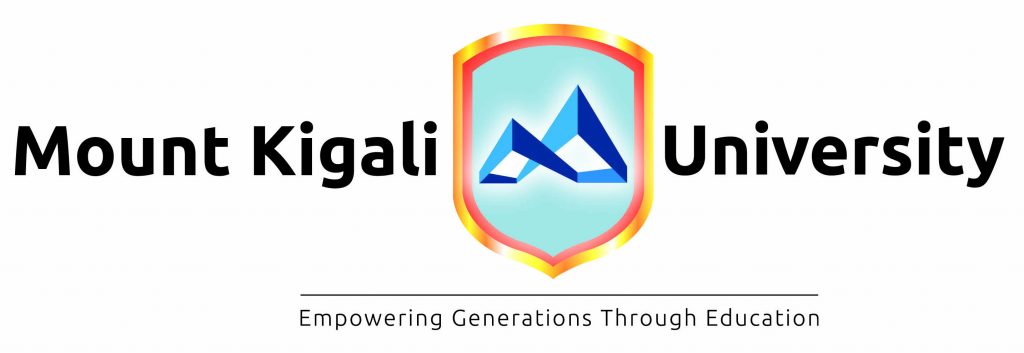High schools across the globe have reported a surprising rise in student interest in chemistry and science-related careers, a trend many attribute to the influence of the critically acclaimed television series Breaking Bad.
Although the show ended over a decade ago, its cultural impact continues to be felt in classrooms. Educators say that the series, which follows a high school chemistry teacher who turns to making illegal drugs, may have given science an unlikely spotlight. Despite the dark storyline, students were drawn to the realistic experiments, scientific accuracy, and the complex personality of Walter White, the main character.
“After the show aired, we saw more students signing up for chemistry than ever before,” said Ms. Linda Chavez, a science teacher in Los Angeles. “It made science look powerful and relevant, even cool. Some kids told me directly they were inspired by the lab scenes to pursue science.”

A study conducted by the National Science Education Board between 2014 and 2020 found a 17% increase in high school chemistry class enrollment, with a notable spike in the years following Breaking Bad’s final season. Many students also reported considering future careers in pharmacology, forensic science, and chemical engineering.
Schools in the UK and Canada have echoed similar patterns. “We noticed a sharp increase in science club participation,” said Dr. Brian Whitmore, head of science at a London secondary school. “It’s ironic that a crime drama may have done more for chemistry interest than any textbook.”
While educators are careful to separate the entertainment aspect from ethical science education, many have embraced the moment to engage students. “If a TV show gets them in the door, it’s our job to show them the real value and responsibility of science,” Chavez added.
Though fictional, Breaking Bad seems to have left a real-world mark, turning Bunsen burners and chemical formulas into symbols of curiosity and possibility for a new generation of learners.





